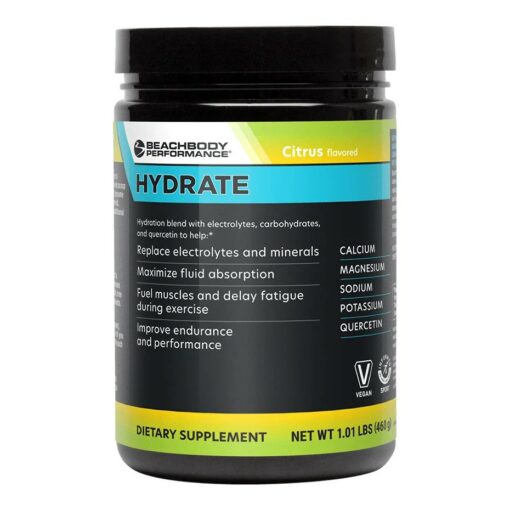Are you too sick to work out? Most experts agree you can still work out when you’re sick — as long as you listen to your body and don’t push it. Scroll down to read the rest of this article from Sheryl Kraft in the Beachbody On Demand Blog

When you’re feeling under the weather, does activity help or hinder?
Keep in mind, everyone’s tolerance level for colds and sniffles varies — one person feels like they can sustain a normal workout routine, while another feels too draggy to even consider it.
“Studies show that exercise is beneficial because it can boost your immune system before, during and after sickness,” says Nicola Finely, M.D., integrative medicine specialist at Canyon Ranch in Tucson.
Note: If you have a chronic health condition, such as asthma, you may want to consult your doctor first before exerting yourself.
Does Exercise Boost the Immune System?
“Exercise allows your white blood cells to circulate faster throughout the body, and white blood cells are the immune warriors that fight off infections,” explains Finely.
The American College of Sports Medicine backs that up, too, stating that regular and moderate exercise lowers the risk for respiratory infections and that consistent exercise can enhance health and help prevent disease.
In one study in the American Journal of Medicine, women who walked for 30 minutes every day for a year had only half the number of colds as those who didn’t bust a move.
Working out almost daily at a moderate pace can help keep your immune system strong.
But overtraining and pushing yourself too hard for too long can decrease the levels of IgA, which are antibodies on the mucosal membranes, such as the respiratory tract.
These antibodies are needed to battle bacteria and viruses.
According to The American College of Sports Medicine (ACSM), moderate physical activity done every day, such as yoga or jogging, is the most effective way to keep the immune system strong.
Experts Recommend Exercising With a Cold If:
- You have a garden-variety cold but no fever. Exercise can help relieve you from stuffiness by opening up your nasal passages, says the Mayo Clinic.
- Your symptoms are above the neck like a runny nose, nasal congestion, sneezing, or a slight sore throat.
“Keep the intensity at a moderate-to-low pace,” cautions Finely.
For example, if you typically go for a 30-minute run every day, take a brisk walk instead. And if you start to feel worse with exercising, then you should stop, she says.
Skip Exercise With a Cold If:
- You have a fever, discomfort in your chest, or difficulty breathing.
- Your symptoms are below the neck, such as chest congestion, a hacking cough, or an upset stomach.
- You’re tired, you’re running a fever, or you’re especially achy. “I’d suggest any patient refrain from exercise if fever is higher than 101.5 degrees Fahrenheit,” says Finely, who points out that a fever is considered any temperature over 100 F. Exercising during this time increases the risk of dehydration, and can worsen or lengthen the duration of your cold, she explains.
A 2014 study in the journal Sports Health found that fever can have harmful effects on muscular strength and endurance.
There’s no great advantage in tiring yourself out when you’re feeling ill. After all, you don’t want to risk making yourself sicker, and taking a few days off shouldn’t affect your overall performance.
“When you get back to exercise, make sure to gradually increase your level as you begin to feel better,” Finely advises.
Exercising during a cold can be beneficial, but don’t push it.
Remember, it can help flush bacteria out of your lungs and airways and reduce your overall chances of getting a cold in the first place.
The important thing is to listen to your body!





